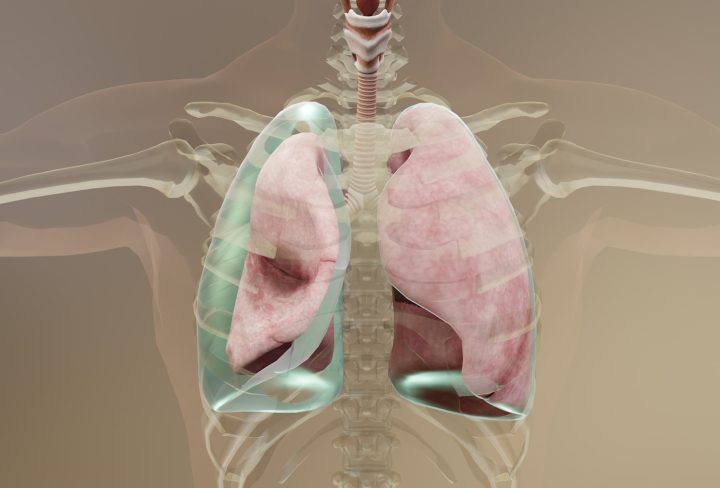A pneumothorax occurs when air leaks into the space between your lung and chest wall, causing your lung to collapse partially or completely. This can be a frightening experience, but understanding the condition is crucial for managing it effectively.
What causes a pneumothorax?
Spontaneous pneumothorax: This happens without an apparent cause and often affects tall, thin people.
Traumatic pneumothorax: This is caused by an injury to the chest, such as a rib fracture or penetrating wound.
Tension pneumothorax: A rare but life-threatening condition where air builds up rapidly in the pleural space, putting pressure on the heart and lungs.
Symptoms of pneumothorax
Symptoms can vary depending on the severity of the collapse. Common signs include:
- Sudden sharp chest pain
- Shortness of breath
- Rapid breathing
- Increased heart rate
- Cough
If you experience these symptoms, seek medical attention immediately.
Diagnosis and treatment
A chest X-ray is usually enough to diagnose a pneumothorax. Treatment depends on the severity of the collapse:
Observation: For small, stable pneumothoraces, observation may be sufficient.
Oxygen therapy: Supplying additional oxygen can help the lung re-expand.
Chest tube insertion: A chest tube is inserted to remove excess air and allow the lung to re-expand.
Surgery: In some cases, surgery may be necessary to repair the underlying cause of the leak.
Prevention
While it is not always possible to prevent a pneumothorax, certain measures can reduce the risk, especially for those prone to spontaneous pneumothorax:
- Avoid smoking
- Be cautious when engaging in activities that increase pressure in the chest, such as scuba diving or high-altitude travel.
- If you have a history of pneumothorax, it is essential to discuss preventive measures with your doctor.
Living with pneumothorax
Recovery time varies depending on the severity of the collapse. Most people recover fully, but there’s a risk of recurrence. It is important to follow your doctor’s advice for post-treatment care and to be aware of the signs of a recurrence.
If you have concerns or questions, do not hesitate to consult your doctor.


